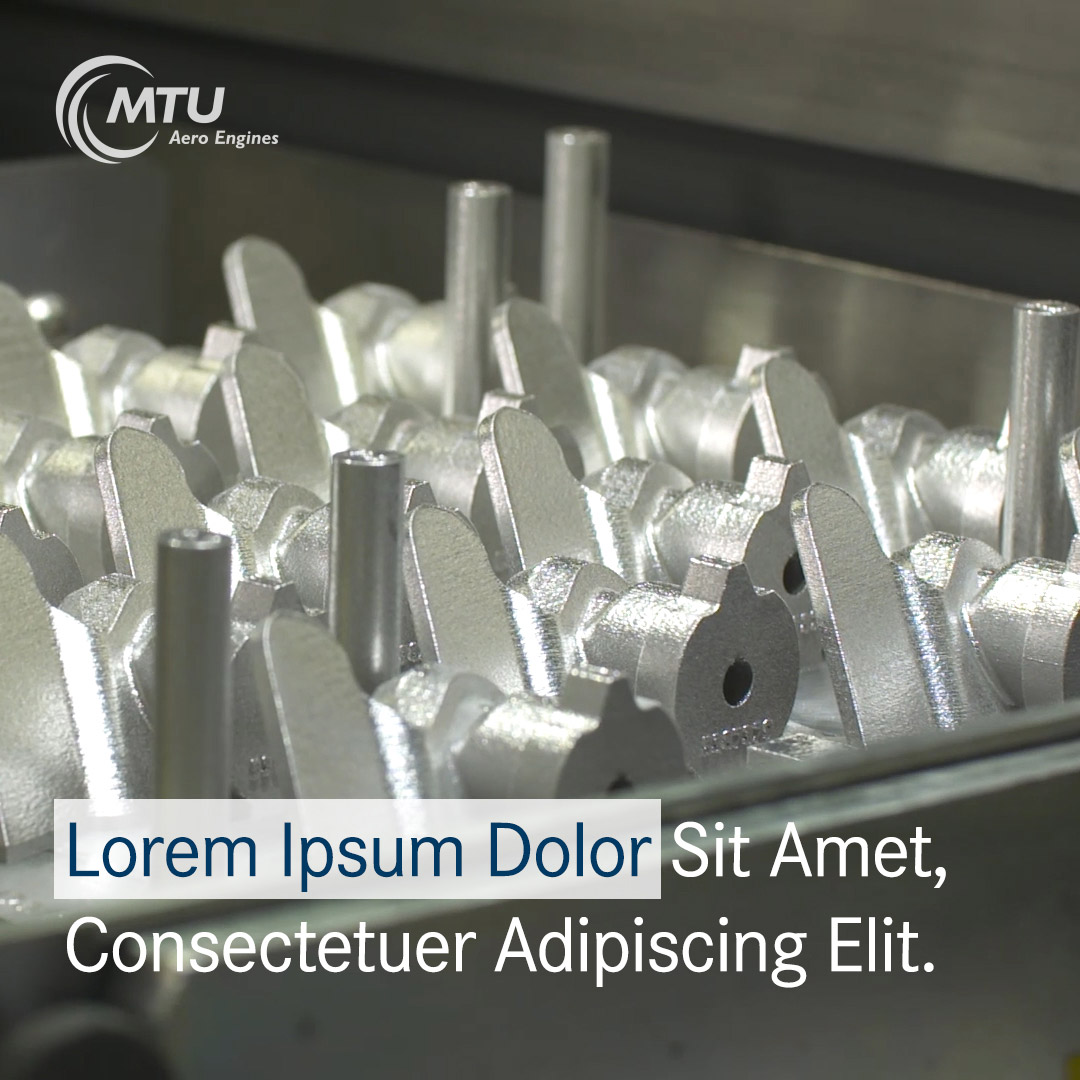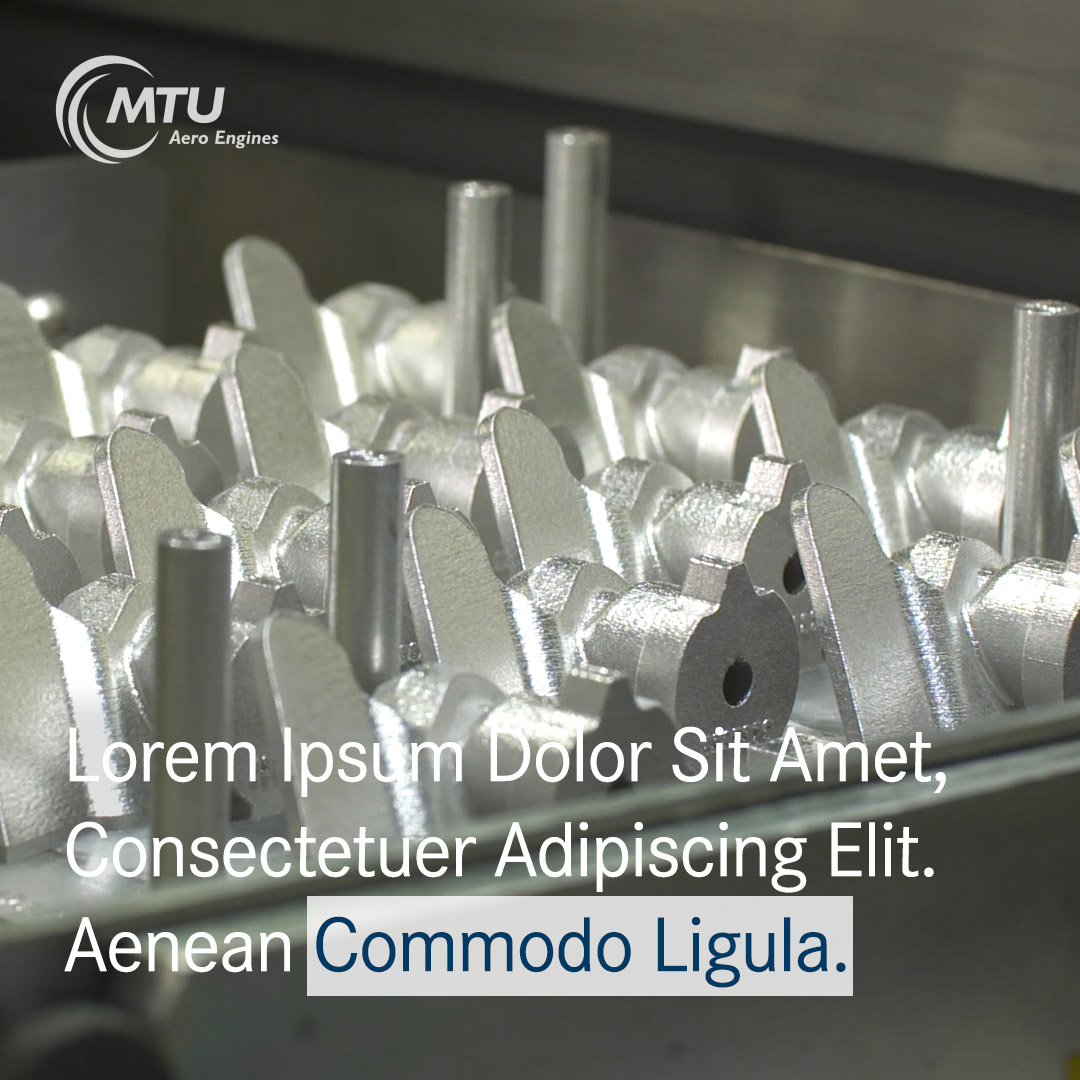Facebook and Twitter
Videos must be uploaded directly to both Facebook and Twitter to ensure they play correctly in the mini-feed. Another reason is that each service’s algorithms favor videos that are uploaded directly over those, for example, that are linked from YouTube.
Storytelling
Videos posted on Facebook and Twitter should always be effective even without sound because these networks are often used on mobile devices set to silent mode. 90 percent of videos viewed on Twitter are played on mobile devices. Videos in the newsfeed are always initially played without sound. For this reason, they should tell the story visually and be as compact as possible:
- First picture, best picture: the first few seconds must be especially interesting and/or exciting in order to capture the viewers’ attention. The aim is to pique their interest enough for them to watch the entire film.
- Films should be as short as possible and as long as necessary. The maximum permissible length, however, is 140 seconds (current limit on Twitter). In the interest of obtaining an optimum completion rate, the recommended video length is between 30 and 90 seconds.
- The video should conclude with a call to action. This should not be overly promotional, but rather serve to inform the viewers and guide them to the relevant landing page.
Image format
Videos can be uploaded and then shared in the 16:9 format. Videos in the 1:1 format, however, achieve greater visibility in the newsfeed and, in turn, attract more attention.
For this reason, frames that can be cropped to a ratio of 1:1 should be selected wherever possible when making the films. This frame size occupies more space in the mobile feed. [The 1:1 format is also suitable for carousel ads on Facebook.]
Opener
To capture the user’s attention when scrolling through the newsfeed, the films must feature powerful images and clearly defined content right from the start. For this reason, the standard opener is not used.
Closer
The standard closer is used as per the general video guidelines.
Logo
In order to ensure that the video source can be clearly identified as MTU, the logo is displayed in the top left-hand corner for the duration of the film.
Typography
The inclusion of pithy keywords or graphics supports the video content. To ensure optimum readability of text in the mobile newsfeed, the following rules apply to written content on Twitter and Facebook:
Subtitles
Subtitles are invariably used when the on-screen text should be an exact transcription of the spoken content, for example in the case of interviews or especially important voice-over text.
Typography
Font: Corporate S Regular, 130 px (UHD), line height 140 px (UHD), max.
Width: safety frame
Alignment: left-justified
Color: white (255-255-255 rgb)
Box
Box width: bleeding off
Box height: 360 px (UHD)
Position: distance below: safety frame, distance from safety frame to text: 68 px (UHD)
Color: MTU blue gray (81-94-105 rgb), transparency: 45%




